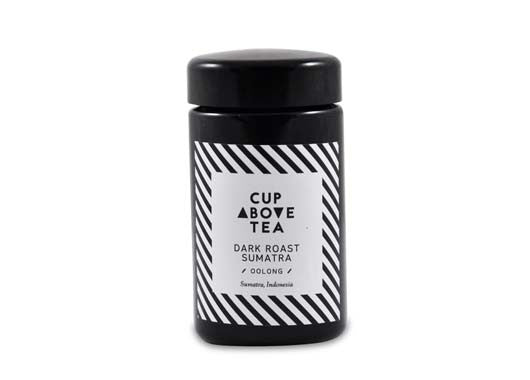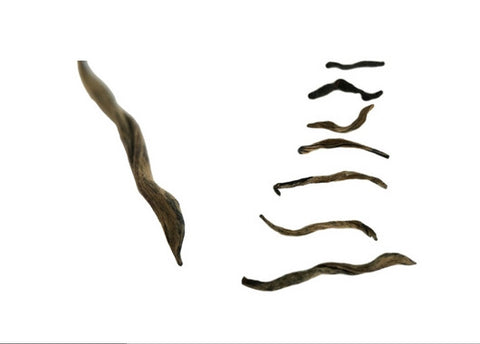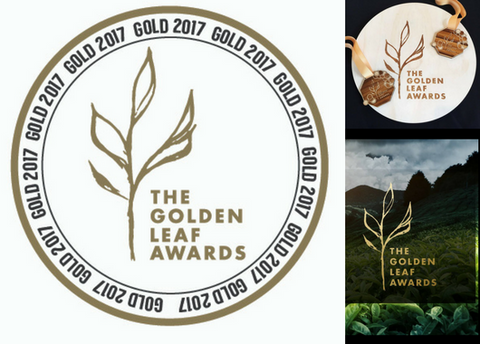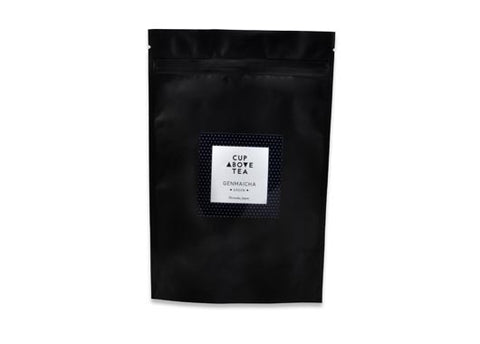Dark Roast Sumatra - oolong tea
Sold Out

| Style | Oolong Tea | |
| Origin | Kepahiang Garden, Bengkulu, Sumatra, Indonesia | |
| Season | Spring 13 (lightly aged) | |
| Altitude | 1200m | |
| Batch | TIO1 | |
| Plant | QingXin cultivar | |
| Tea Master | Master Mao |
This charcoal fired oolong tea packs a punch thanks to the mineral-rich, volcanic terroir. Expect smoked coffee and caramel notes, an earthy boldness and the slightest hint of cinnamon. This 'new world' oolong from Indonesia will infuse several times. The longer the infusion the bolder the flavour.

 |
85 degrees Celsius | |
 |
1 x tablespoon (3 grams) | |
 |
150 ml water (small tea cup) |
|
 |
Infuse for 30 seconds |
The Stories We Drink
|
While Indonesia is synonymous with coffee, it is also the eighth largest tea producer in the world. Tea was first planted in Indonesia by the Dutch. The Chinese varietal camellia sinensis var sinensis was planted first, but subsequently, the Indian var assamica varietal was found to be more suited to the climate. Most of Indonesia’s tea is planted in the Java district, followed by Sumatra. These areas enjoy a tropical climate and the high elevation land has excellent terroir. Much of the tea in Indonesia is mass produced and used in blending. There is limited single batch tea and small, artisan producers are difficult to locate. This means sourcing exceptional single origin tea is particularly tricky. What makes Master Mao’s Dark Roast Sumatran even more special is that the garden is cultivated, grown and managed based on Taiwanese practices. In 1989 special permission had to be granted by the Taiwanese government for this garden – the first permission of the kind ever given. The leaves from Kepahiang Garden are outstanding, and with Master Mao’s careful processing this tea has a totally unique and very bold flavour that is distinctly Sumatran. His oolong is highly oxidised at 90% and is processed according to Taiwanese methods. It is a labour intensive tea and there are lots of steps and elements involved. The Kepahiang garden is located 1200 metres above sea level near fruit orchards and flower gardens. It is slightly cooler and enjoys higher rainfall than lower lying gardens and the rich mineral soil is moist and very fertile. There is an active volcano in the area with eight craters indicating historical explosive activity. The English East India Company originally established the area as a pepper trading centre. It remained this way for nearly 200 years until the late 1800s. Ginger and bamboo shoots are now grown in the immediate area along with Sumatrain Pine, palm oak, chestnut, camphorwood, sandalwood and rubber trees. Orang-utans, apes, elephants, tapirs, tigers, Sumatran rhinoceros, gibbons, tree shrews, flying lemurs, wild boars, and civets can all be found on the island. |
|
Craftsmanship
 |
Plucking: The leaves are plucked by hand. Each pluck normally includes the bud and about three or four leaves attached to the stem. | |
 |
Sorting: The leaves are inspected and sorted to make sure the quality is suitable. | |
 |
Withering: To remove moisture, the leaves are laid out flat to wither outdoors under the sun. The exact withering time depends on the weather conditions and Master Mao will draw on his expertise to decide when the leaves progress to the next step. The leaves are moved indoors and set out on a series of large, elevated trays for more withering at a controlled temperature which ensures a slower and steadier moisture loss. They will remain here for about 10 hours and the trays will be rotated by hand and lightly fluffed to make sure all the leaves are withered evenly and consistently. |
|
 |
Bruising: Once Master Mao is happy, the leaves will undergo initial bruising to help accelerate the oxidation process. The leaves are placed in batches into a bamboo cylinder which spins around, tumbling the leaves to bruise their edges and activate the enzyme release. |
|
 |
Oxidisation: Once bruised, the oxidisation process is underway and the cell walls of the leaves are allowed to break down. This is the stage where the flavours start to develop. The leaves lose their grassy green characters and release their fruitier, more complex layers. The leaves are stacked in thick layers and Master Mao will periodically shake the trays by hand to ensure even consistency. This tea has a long oxidation process with 90% oxidation. Master Chen’s Lishan Oolong is only 30% oxidised and tastes very, very different. A tea with 100% oxidation would be classified as a black tea. Tea Masters need to know exactly when to halt this oxidation. Too little and the right flavours won’t come out, too much, and the more subtle characters could be ruined. |
|
 |
Firing: Following this, Master Mao places the leaves in batches into a machine that tumbles the leaves and evenly heats them at a very high temperature (about 200C or 400F) which halts the oxidation process. |
|
 |
Rolling: Master Mao gathers up the leaf into a cloth bag which is tightly twisted to compact the leaves. Some oolongs are shaped by hand, which requires incredible skill and strength. For this tea Master Mao has help from a machine. Then the cloth is opened up and the leaves are returned to the heating machine that was used to stop the oxidation. Then they are compressed and twisted again in the cloth bag. This process of drying and shaping between the cloth bag and the tumbling chamber might be repeated up to 20 times before Master Mao is satisfied. Master Mao will vary the length and timing depending on what he is trying to achieve for each individual batch of leaves. |
|
 |
Drying: After the leaves have been properly heated, formed, and shaped, they undergo a final baking process. Master Mao does this to ‘finish’ the tea. This removes most of the moisture so that all of the complex processes it was undergoing during processing are locked in. |
|
 |
Roasting: Master Mao isn’t finished yet. After the leaves have been rested he adds a separate roasting process. It is this additional, but distinct step that brings the strong earthy, savoury flavours out. The leaves are placed in a makeshift oven at a low temperature and are roasted very slowly over many hours under the tea master’s watchful eye and highly trained nose. True art in craft. |
















